The beauty of the sea is undeniable, but it is also one of the most dangerous places on the planet. It’s bitterly cold, dark, and crawling with potential predators around every corner. The concept of the unknown is also what makes it terrifying — beneath the surface of the water are countless mysteries, many of which our species has yet to discover. Although images of the deep sea have been released, nothing compares to being in its presence — standing over it and looking into inky depths, it can feel as if the darkness is about to devour you at any moment. Or one of the sharks that inhabit it. Here are the most terrifying and shocking deep sea and underwater creatures that will send shivers down your spine.
15 Under Water Facts You May Not Know About the Sea
1. The majority of plastic pollution in the ocean is not caused by consumer items such as shopping bags, straws, and other consumer products, as we have been told. The majority of it, though, comes from fishing nets and fishing gear.
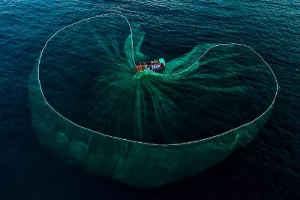
2. Only 5% of our planet’s ocean has been discovered. That equates to 95% of the deep, inky water remaining unaccounted for. We’re curious about what else is going on in the middle of the night…
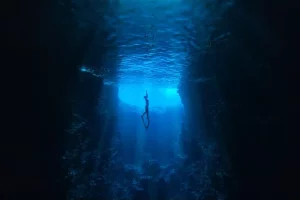
3. The death of a whale creates a totally new ecology. When a whale dies, it becomes its own world in some ways.

4. Hawaii’s Mauna Kea Volcano is the tallest mountain underwater. It’s also Hawaii’s tallest volcano, standing a remarkable 6000 meters beneath the ocean’s surface and a freaking 4000 meters above. Its overall height is 10,000 meters from the ocean floor.

5. The “hot tub of despair” lake exists beneath the ocean. It’s extremely salty and contains dissolved methane; any creature that penetrates it dies.
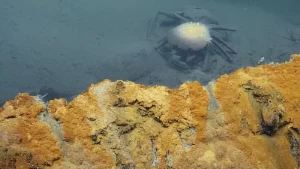
6. Buoyancy changes at a given depth underwater. This implies you’ll be dragged down rather than floating up to the surface. Yikes!
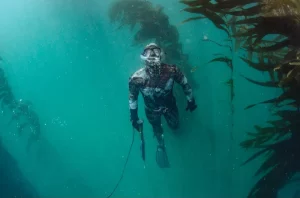
7. A military diver claimed in a YouTube interview that during clandestine operations, a lot of time is spent merely hanging out underwater in the dark until it’s time to make a move. He claimed that the job needed him to become accustomed to enormous monsters colliding with him in pitch-black environments. That’s a no-go area if you ask me.
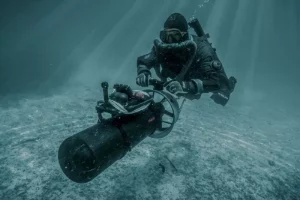
8. Here’s a disgusting, little-known fact: if lost sailors or anyone clinging to ship wreckage in the sea soak for more than three days, their skin will be dissolved by salt water. That’s not something you see in movies!
9. The largest biomass migration occurs every night when deep water organisms come up to feed.
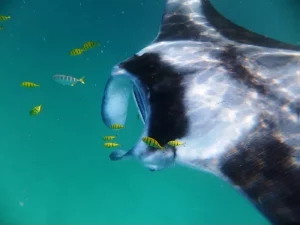
10. The Gulf Stream is formed by melting ice from the north polar ice cap. That ice cap is rapidly melting due to global warming. When it vanishes, so does the Gulf Stream, and the weather in the entire northern hemisphere changes dramatically.
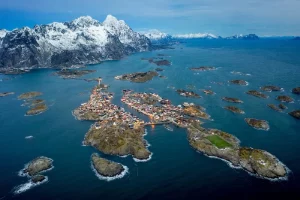
11. Humans’ use of sonar for deep-sea mapping is harmful to undersea creatures, particularly whales, porpoises, and dolphins. It weakens their sonar ability, interfering with their navigation and communication abilities.
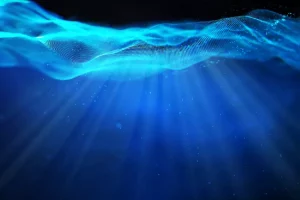
12. According to one scuba diver, the scariest aspect about diving at first is that you hear a lot more underwater than you do above the surface. Aside from the movement of the water, the sounds of fish clicking and other underwater organisms are amplified. Underwater noises move and travel significantly faster, allowing you to hear more and “far faster,” according to the diver.
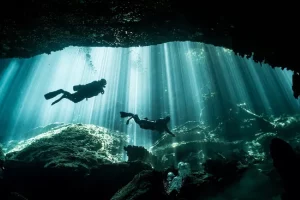
13. There are numerous perfectly preserved ancient Greek shipwrecks at the bottom of the Black Sea. Because of the depth of the water, it is anoxic, or oxygen-free, and hence retains organic things such as wood.
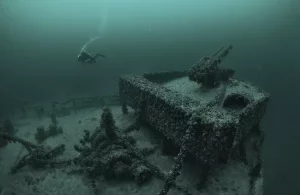
14. The ocean is one of the most powerful forces on the planet. While it is not actively out to kill humans, it is a powerful force that may sweep you under if you are not paying attention – one wave can be the end of life, but for the huge sea, it is just business as usual.
15. The most audible unidentified underwater sound was recorded on Point Nemo. It’s the world’s most isolated location. It’s in the heart of the South Pacific gyre, a massive rotating current that keeps nutrient-rich water out, therefore there’s no life there.
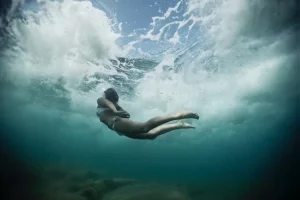
The harsh reality of the ocean is that when you dip your toe in the water, you immediately lose your place at the top of the food chain. Also, the ocean has more viruses than stars in the Milky Way. And astronomers estimate that there are about 100 thousand million stars in the Milky Way alone.

